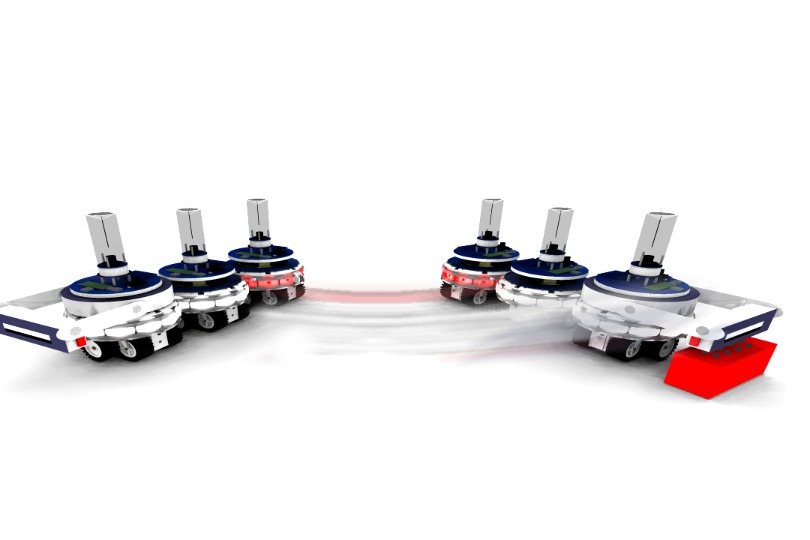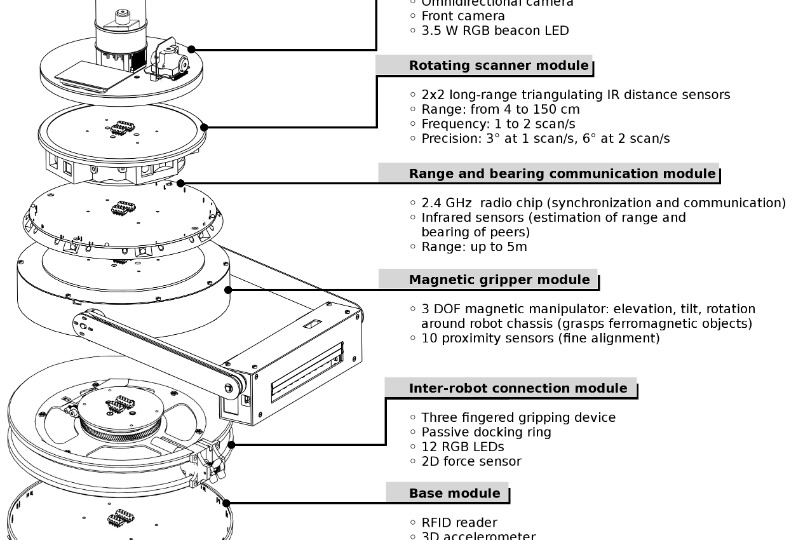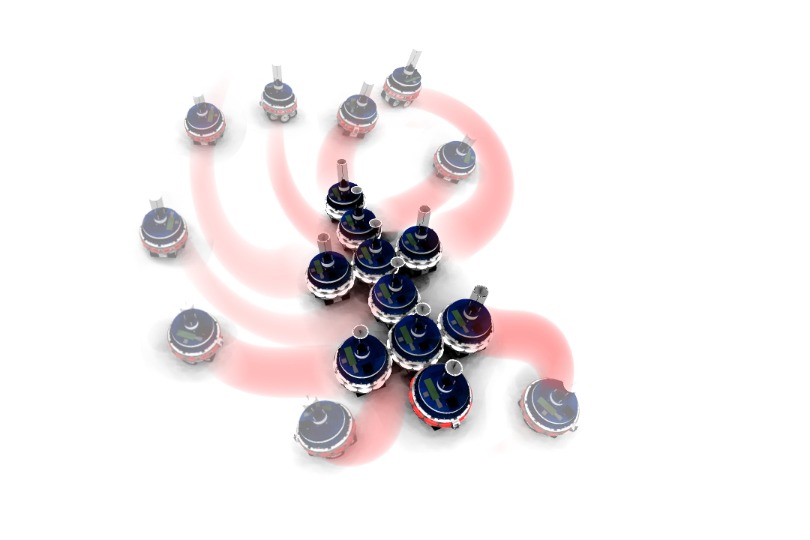To date, modular robots have only been able to display a limited range of hardwired behaviors, because they rely solely on distributed control. The newly developed mergeable nervous system (MNS) robot, can be composed of one or more modular robotic units but features a single robot control system at all times. Such robots are able to adapt their bodies and physically connect to each other to become a new independent robot with one merged nervous system and a single brain unit (i.e., robot controller). The brain unit issues control commands that are then propagated through the nervous system. The robot nervous system locally translates these commands into useful instructions relevant to each robot unit part of the body.
Robots with mergeable nervous systems
Research article by Netcetera expert Nithin Mathews
A research article authored by Nithin Mathews, Senior Software Engineer at Netcetera, has been published in the renowned scientific journal “Nature Communications”. Nature communications is one of the premier peer-reviewed journals worldwide with an impact factor of 12.124 (as of 2016). In his research, Nithin Mathews developed a new control paradigm to enable mobile robots merge their bodies and control systems to form entirely new robots. These newly formed robots retain full sensorimotor control. This is an entirely new class of robots capable of exhibiting properties that go beyond those of any existing machine or biological organism.


